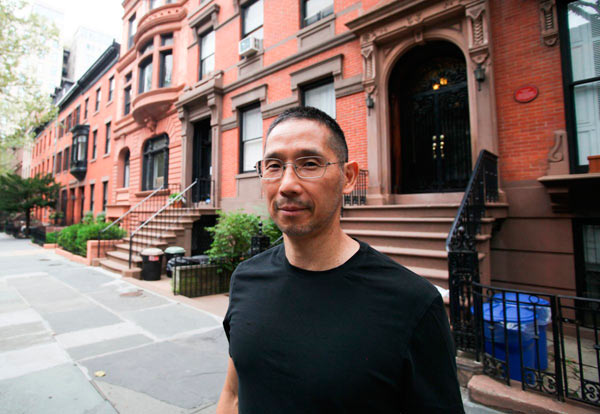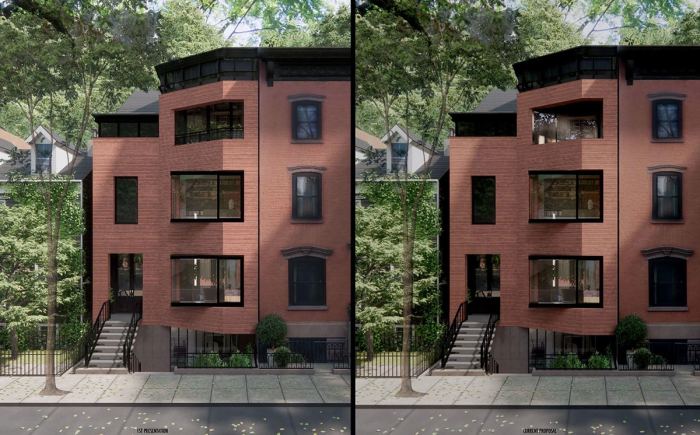Call it a landmark argument.
Historic districts are thwarting economic diversity in some Brooklyn neighborhoods because their buildings’ real estate value has risen so high that it prices out all but the wealthy, according to a Brooklyn Heights resident and economics professor.
“There’s a cost to landmarking that falls on third parties,” said Sandy Ikeda, who teaches at the State University of New York Purchase. “The mistake people make in preserving historic districts is they forget it imposes a cost, usually on people they don’t see — people who because of higher real estate prices would be unable to live in that neighborhood.”
Ikeda published an article in March on how preserved areas limit new construction in certain neighborhoods, making them off limits to those who can’t afford to live in historic homes — which, unlike most older houses that often sell for lower prices, only increase in value as they age.
He focused on his own nabe of Brooklyn Heights, which is almost entirely a historic district and was the city’s first. The inaugural designation was made in 1965 to protect residences that date to the 1820s from being demolished to pave the way for the Brooklyn–Queens Expressway.
To protect the character of the tony enclave, homeowners must get approval from the Landmarks Preservation Commission to alter the exterior of their houses — a process that includes appearing before the community board and commission, and is required for property owners in any of the city’s historic districts.
And the designation makes it almost impossible to build new high-rises that would increase the city’s housing stock and lower area real estate prices, making the neighborhood only affordable for the wealthy, Ikeda argues.
“Whatever restricts the supply of housing while the demand stays the same tends to raise prices,” he said.
The protected swathes further stifle economic development because many mom-and-pop shops can’t afford to pay their hefty rents, and are replaced with commercial banks, drug stores, or converted luxury apartments, Ikeda said. For instance, the independently owned Brooklyn Heights Cinema closed in 2014 after 44 years on Henry Street and is being converted into condos.
But the professor is not saying that all historic districts should be bulldozed. He praised the landmarking process for preserving storied buildings that might otherwise be knocked down, and noted that several factors limit the city’s stock of affordable housing, including strict zoning regulations that restrict how high developers can build.
He doesn’t think historic districts should stop being named either, but suggested the Landmarks Preservation Commission tighten its standards, approve fewer buildings, and stop greenlighting large portions of nabes for protection.
“We’re seeing more and more of these neighborhoods being converted into landmarks and that’s a serious problem,” Ikeda said.
But the city already has slowed in designating the districts, said one expert.
“There are so many neighborhoods out there at the moment waiting to be landmarked that the LPC hasn’t designated, it’s stunning,” said Simeon Bankoff, the executive director of Historic Districts Council, an advocacy group for the protected areas. “It has slowed down immensely under the DeBlasio administration.”
He agreed that other factors suppress cheap housing, including the city’s zoning regulations and the lack of laws that protect small businesses from being priced out. But blaming historic districts isn’t the answer, he said, as costs of living in the city are spiking whether people reside in them or not.
“Prices have risen in Brooklyn Heights proportionally to all of the other brownstone neighborhoods around there,” he said. “Land costs continually rise, which is the case for almost all of New York City.”























